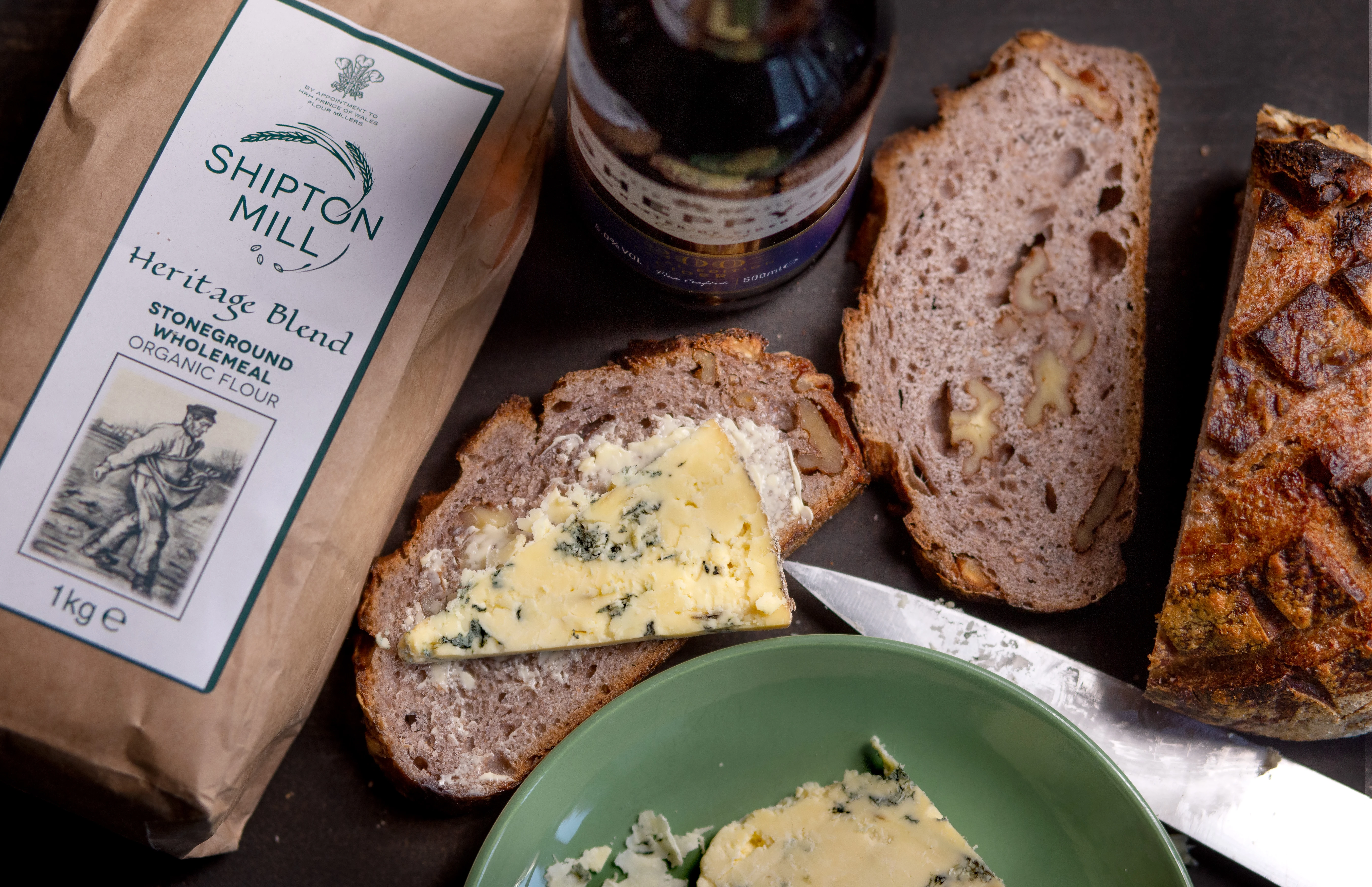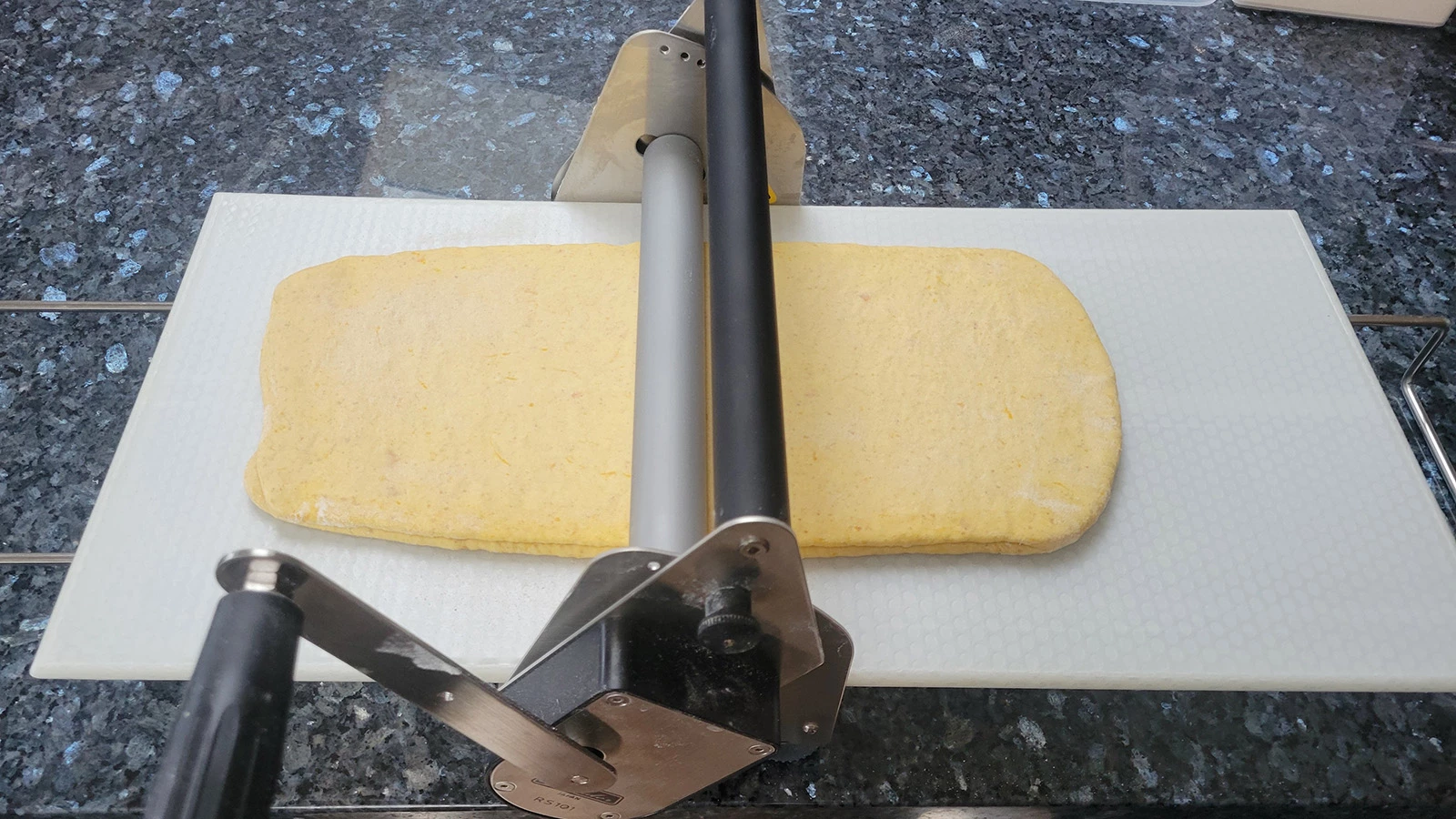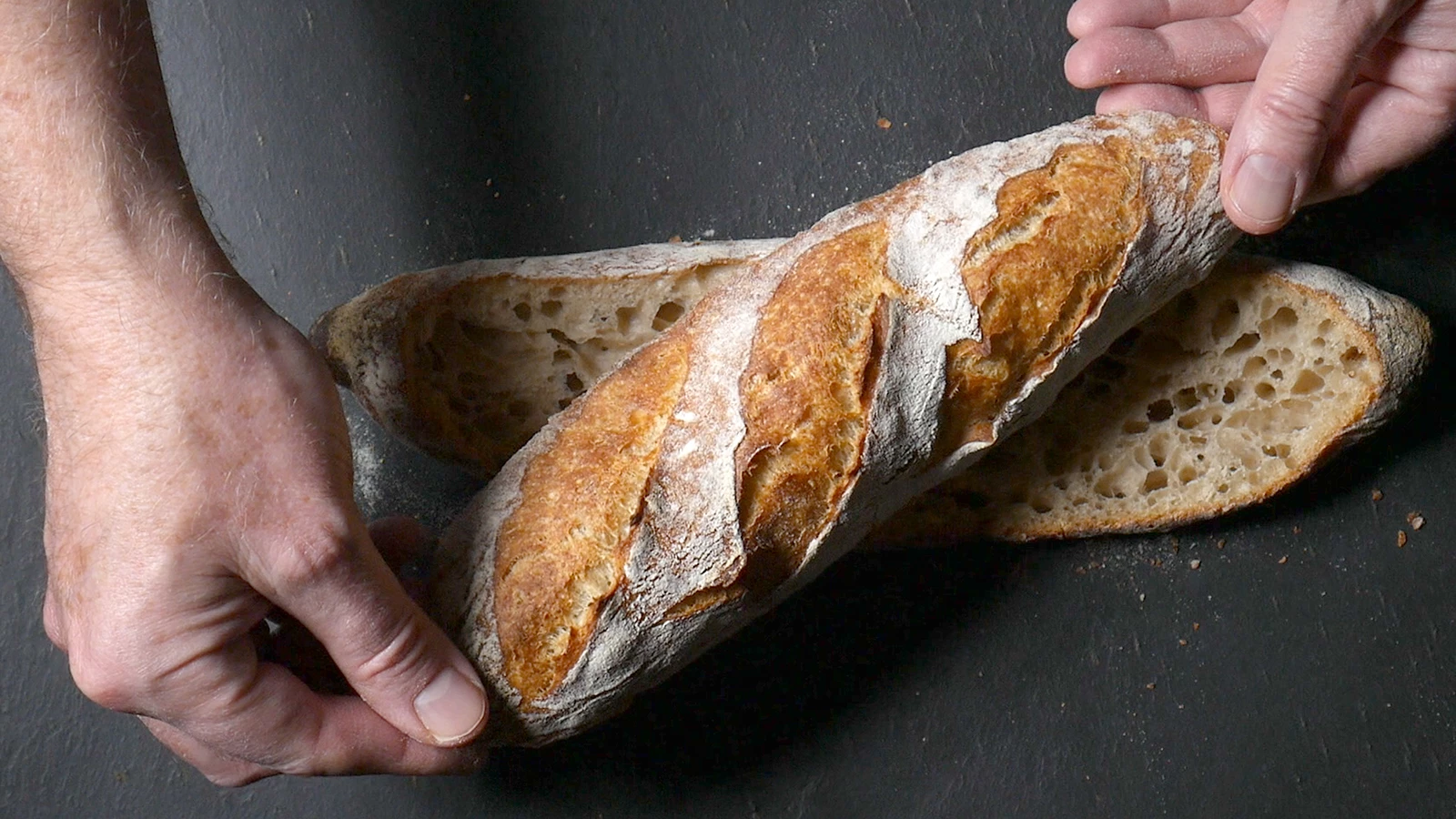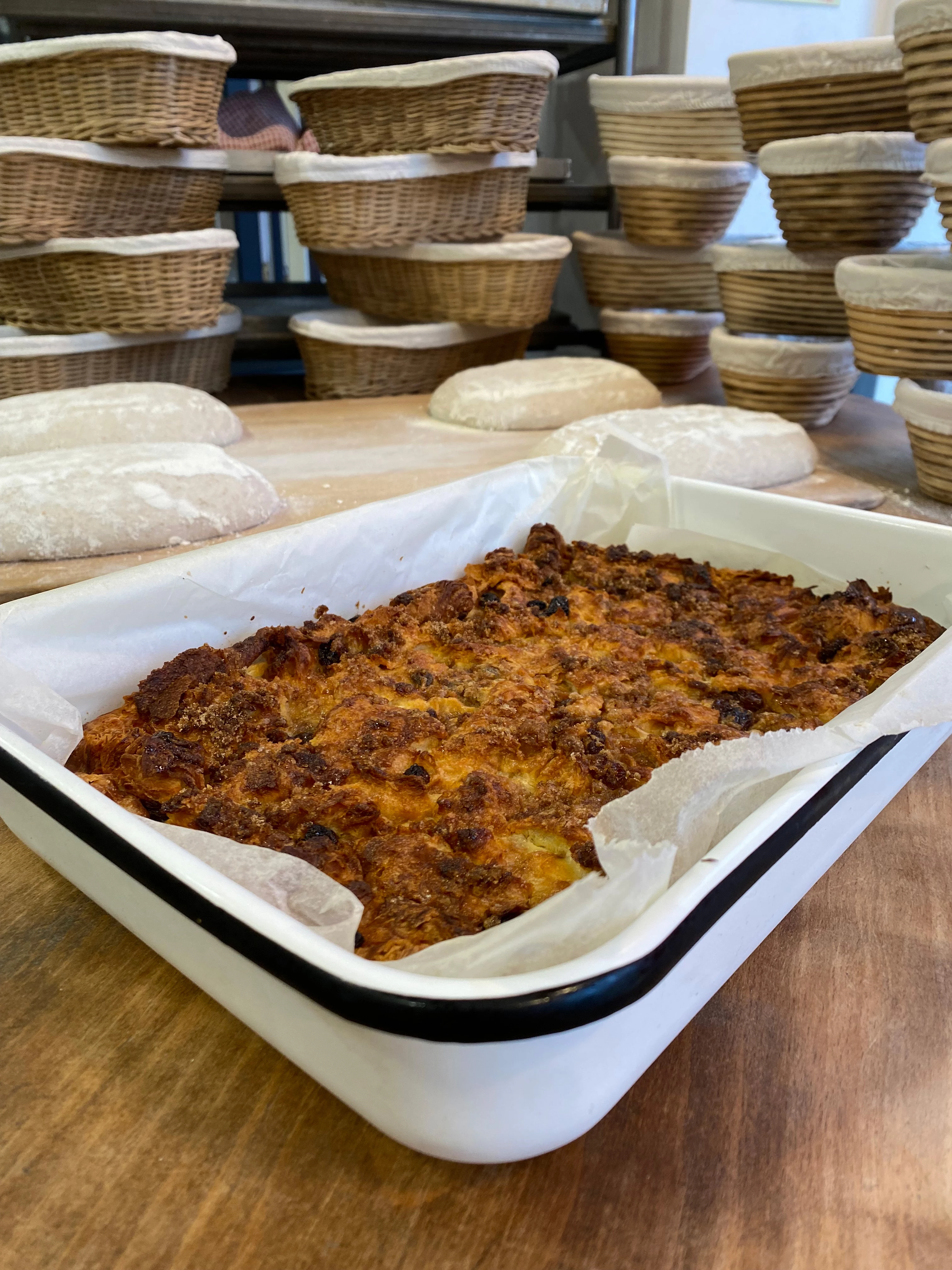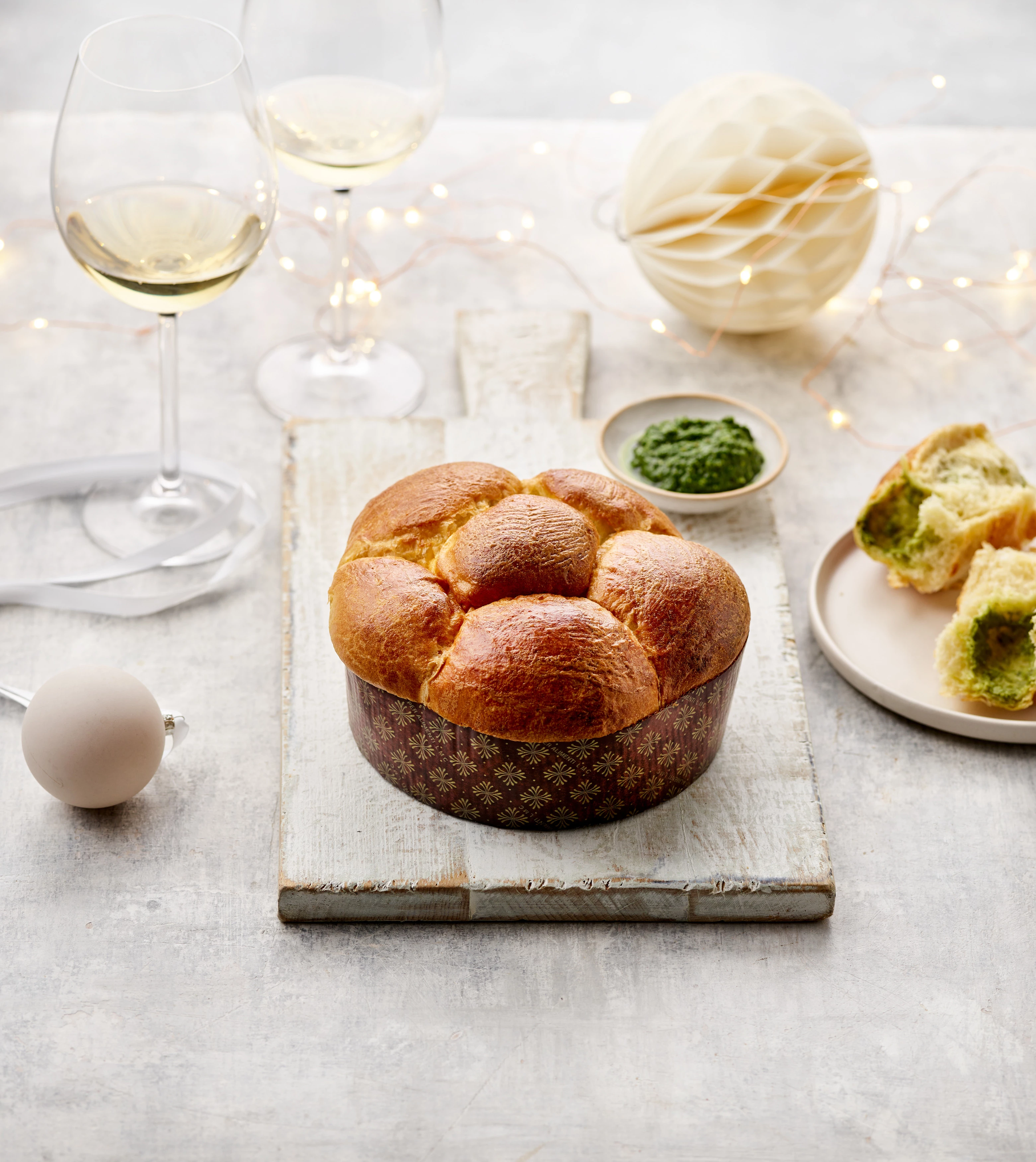Ingredients
200g warm water, about 25C
100g sourdough starter (mixed 1:1, bubbly and active)
50g cider (around 5% alcohol or less, no more)
20g brown sugar, muscovado is ideal, or honey [link to our honey]
100g Heritage Harvest Organic Stoneground Wholemeal Flour
300g Heritage Harvest Organic Roller-Milled White Flour
7g salt, like Sea Salt Original Crystals
150g-200g walnut halves, coarsely chopped if you prefer
Sometimes, I've written recipes which use specific types of flour from small millers, and it may be that they won't always be in stock. If that's the case, do feel free to substitute something similar from the BakeryBits range. Here, for example, I’ve made a walnut sourdough using Heritage Harvest flours, combining their Roller-Milled White Flour with their darker Organic Stoneground Wholemeal Flour, but you could select other flours not too high in protein (11-12%) and get a similar result.
Using these flours in the proportion of 3 parts White to 1 part Wholemeal will give a light wholemeal texture with a degree of heaviness that’s lovely to eat, and especially good toasted. If you want to increase the proportion of wholemeal flour do, it will make the crumb heavier but you will get a more intense bran flavour. I’m of the view that the heaviness and close-textured crumb you typically get when using wholemeal flours is actually an asset to learn to enjoy. And, though this might sound like crazy talk, what I'll sometimes do is make the bread even heavier with nuts and seeds, so you get this utterly intense and rich flavour.
In this recipe, I've matched the flours with Sheppy’s Somerset cider for the biggest, boldest flavour, playing up the meaty texture of the Heritage grain flour to make a great loaf, the perfect partner for strong cheeses like Stilton.
Makes 1 large loaf
Method
Pour the water into a large mixing bowl and whisk in the sourdough starter, cider and brown sugar. Add the Heritage Harvest flours and mix well, then cover the bowl and leave for 10 minutes.
Sprinkle the salt over the dough and lightly work it through with your fingertips. Later, you’ll be stretching and folding the dough as it rises, which will also help distribute the salt through the dough, so no need to be overly fussy here. Cover the bowl and leave for an hour at a warm room temperature (about 25C is ideal).
Next, lightly oil a patch of worktop, or spray with water (or even dust lightly with flour), tip the dough onto it then stretch it out gently so it’s about 1cm thick. Spread the walnut halves over the dough then roll it up tightly like a scroll. Then press the scroll of dough somewhat flat along its length, and roll it up again, this time along the length so you end up with a neat parcel of dough. Place the dough back in the bowl, cover and leave for another hour.
Stretch and fold the dough every hour until you can see clear signs of bubbles in the dough. It’s a little tricky to do as the dough contains large pieces of nut but go gently and you’ll be fine.
When the dough feels and looks risen, probably after about 4 hours depending on the ambient temperature, it’s fine to shape it. You can leave it to rise longer but remember that Heritage flours don't tolerate very long rising, so don't overdo it.
Pat the dough out into a rectangle about 15cm wide on a floured surface, then it roll up tightly into a scroll (or use your preferred dough shaping method). Leave this to rise in a cloth-lined banneton with the seam-side upwards. You can also place the banneton with the dough in the fridge overnight, covered, to develop the flavour and crust colour more.
To bake the loaf, heat the oven to 220C, and have ready a tray or your baking dome. Upturn the loaf onto the tray or base of the dome, and slash it with the criss-cross pattern traditional for walnut bread. Cover with the baking dome, if you’re using one, or add steam to the oven if you aren't, then bake for 30 minutes. At that point, rotate the loaf on the tray (and remove the dome) and bake another 15–20 minutes until it’s the colour you prefer: I go for something still fairly golden, here. Remove from the oven and leave to cool on a wire rack.
Recipe by Dan Lepard.

